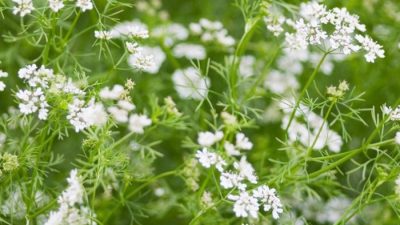Preparing the Planting Area
Flowers to plant in march – March planting requires meticulous soil preparation to ensure successful germination and growth. The health of your soil directly impacts the health of your plants, so taking the time to assess and amend it is crucial for a bountiful harvest. This involves several key steps, from testing soil pH to constructing raised beds, all of which are detailed below.
Soil Testing and Amendment, Flowers to plant in march
Determining your soil’s pH is the first critical step. A soil pH test kit, readily available at most garden centers, provides a precise measurement. Ideally, most vegetables and flowers prefer a slightly acidic to neutral pH range between 6.0 and 7.0. If your soil’s pH falls outside this range, amendments can be used to adjust it. For example, adding lime increases alkalinity, while sulfur lowers it.
Once the pH is corrected, enriching the soil with organic matter is essential. Compost, well-rotted manure, or leaf mold improve soil structure, drainage, and nutrient content. These organic materials provide a slow-release source of nutrients that plants can access over time, promoting healthy growth. The recommended amount varies depending on the soil’s existing condition; a soil test can often guide this recommendation.
Incorporating several inches of compost into the top layer of soil is a common practice. Simultaneously, removing weeds and their root systems is crucial to prevent competition for nutrients and water. Thorough weed removal ensures that your planted flowers receive the resources they need to thrive.
Soil Drainage Improvement
Proper soil drainage is paramount; waterlogged soil can lead to root rot and stunted growth. If your soil is prone to poor drainage, you can improve it through several methods. Adding organic matter, as mentioned above, helps improve drainage by creating air pockets within the soil. Another technique involves amending heavy clay soils with materials like perlite or vermiculite, which increase porosity and allow water to drain more readily.
For areas with particularly poor drainage, creating raised beds is an effective solution, as this elevates the planting area above the surrounding soil, preventing waterlogging. The raised bed’s construction itself often includes materials that promote good drainage.
Raised Garden Bed Construction
Creating raised garden beds offers several advantages for March planting, especially in areas with challenging soil conditions. They provide better drainage, warmer soil temperatures in spring, and easier access to plants. For material selection, consider using untreated lumber (cedar or redwood are naturally rot-resistant), recycled plastic lumber, or even stacked stones. The choice depends on your budget and aesthetic preferences.A step-by-step guide for constructing a simple rectangular raised bed follows:
- Planning and Measurement: Determine the desired dimensions of your raised bed, considering the space available and the types of plants you intend to grow. A depth of 12-18 inches is generally recommended.
- Material Preparation: Gather your chosen materials, ensuring they are clean and free of debris. If using lumber, treat it with a natural wood preservative if necessary.
- Construction: Assemble the bed frame, securing the corners with appropriate fasteners (screws are generally preferable to nails). Ensure the corners are square and the frame is level.
- Lining (Optional): Lining the inside of the bed with landscape fabric can help prevent weed growth and retain moisture. This step is particularly useful if using untreated lumber.
- Filling: Fill the bed with a mixture of high-quality soil, compost, and other amendments as needed. Avoid using soil directly from the surrounding area if drainage is a concern.
Remember to consider the location of your raised beds, ensuring they receive adequate sunlight (at least 6 hours per day for most flowering plants). Proper planning and construction will create a supportive environment for your March planting endeavors.
Quick FAQs: Flowers To Plant In March
What are some easy-to-grow flowers for beginners planting in March?
Calendula, Zinnias, and Sunflowers are relatively low-maintenance options that thrive with minimal care.
When should I start seeds indoors for March planting?
Generally, 6-8 weeks before the last expected frost is a good rule of thumb. This allows seedlings to mature sufficiently before transplanting outdoors.
How do I protect my seedlings from unexpected frost?
Use row covers, cloches, or even simple sheets to shield young plants from frost. Bringing containers indoors overnight is also an effective option.
What should I do if my March-planted flowers aren’t blooming as expected?
Assess soil conditions (drainage, nutrients), ensure adequate sunlight, and check for pests or diseases. Adjust watering and fertilizing schedules as needed.
March offers a fantastic opportunity to plant various blooms, from cheerful pansies to vibrant petunias. If you’re looking for something to add a touch of cascading beauty to your garden or patio, consider a stunning potted trailing flowering plant ; these are perfect for hanging baskets or containers. Many trailing varieties, such as lobelia or calibrachoa, thrive when planted in March and will reward you with months of colorful displays, complementing your other March plantings.












